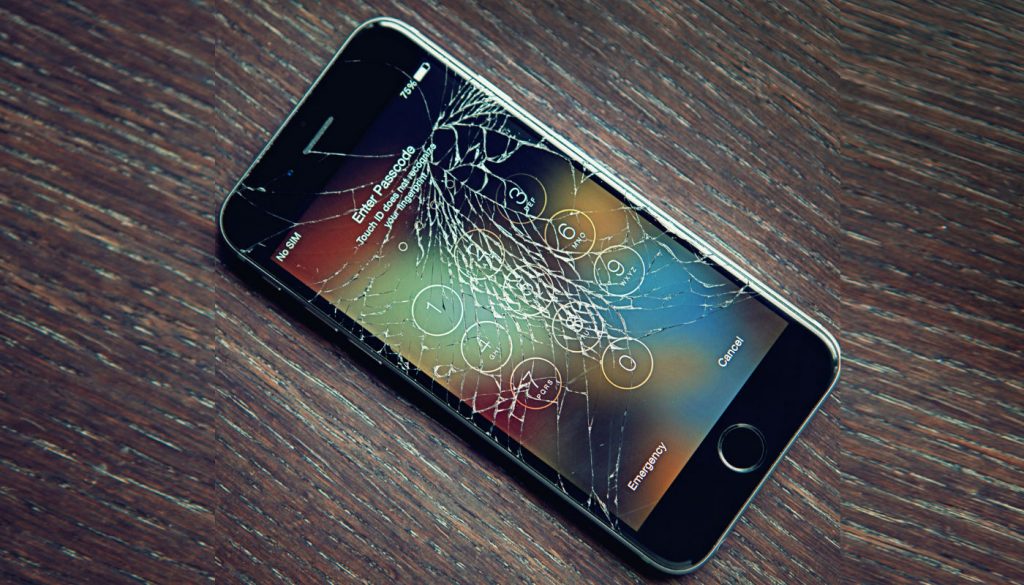Smashed phone screens – they’ve happened to the best of us. But cracking the code of how to make a strong yet flexible glass for ‘oops’-proof screens is surprisingly hard.
Smartphones have come a long way in the past 10 years, with each iteration promising a better camera, more storage space, tighter security features or a sleeker design. But no one has been able to solve the pesky problem of extremely fragile, crackable mobile phone screens – until now.
Universal frustration with cracked phone screens inspired an international research consortium to tweak the structure of the glass used for phone screens.
The researchers worked on a type of glass called alumino-silicate, which is commonly used in mobile phone screens. Through computer modelling and experiments, they found they could improve the glass’ resistance to fractures by altering its nanostructure and adjusting its elemental mix.
According to Dr Charles Le Losq from the Australian National University and the project’s lead researcher, there’s still a lot to learn about glass including how it’s structured and what happens to that structure when it transitions from liquid to solid.
Le Losq, in collaboration with researchers from France, the UK and China, analysed glasses composed of aluminium and silicon oxides, with the addition of other elements such as sodium, potassium, calcium and magnesium to test the flexibility and resistance of the glass.
To test different mixtures, samples were heated to 1000ºC to measure their viscosity, before being cooled and formed to test for density.
He said examining the chemical composition and atomic structure of glass was crucial to understanding how these factors contribute to different desired properties.
“You can try to create a mobile phone screen that is really hard and difficult to scratch, but is also really brittle and will tend to fracture easily,” Le Losq said.
“On the other hand, if you create glass that is too ‘soft’ it will be less prone to fracturing but more prone to scratching. A good balance of the two is required to solve this problem – and it’s not an easy task.”
With consumers demanding more durability from their smartphones, as well as the advent of innovative designs such as curved screens, creating a flexible yet resilient phone screen glass could be key to cracking the market on smartphones that last.
Le Losq said this research could also inform ways to produce glass suitable for storing nuclear waste and advance our understanding and modelling of past, present and future volcanic activity.



